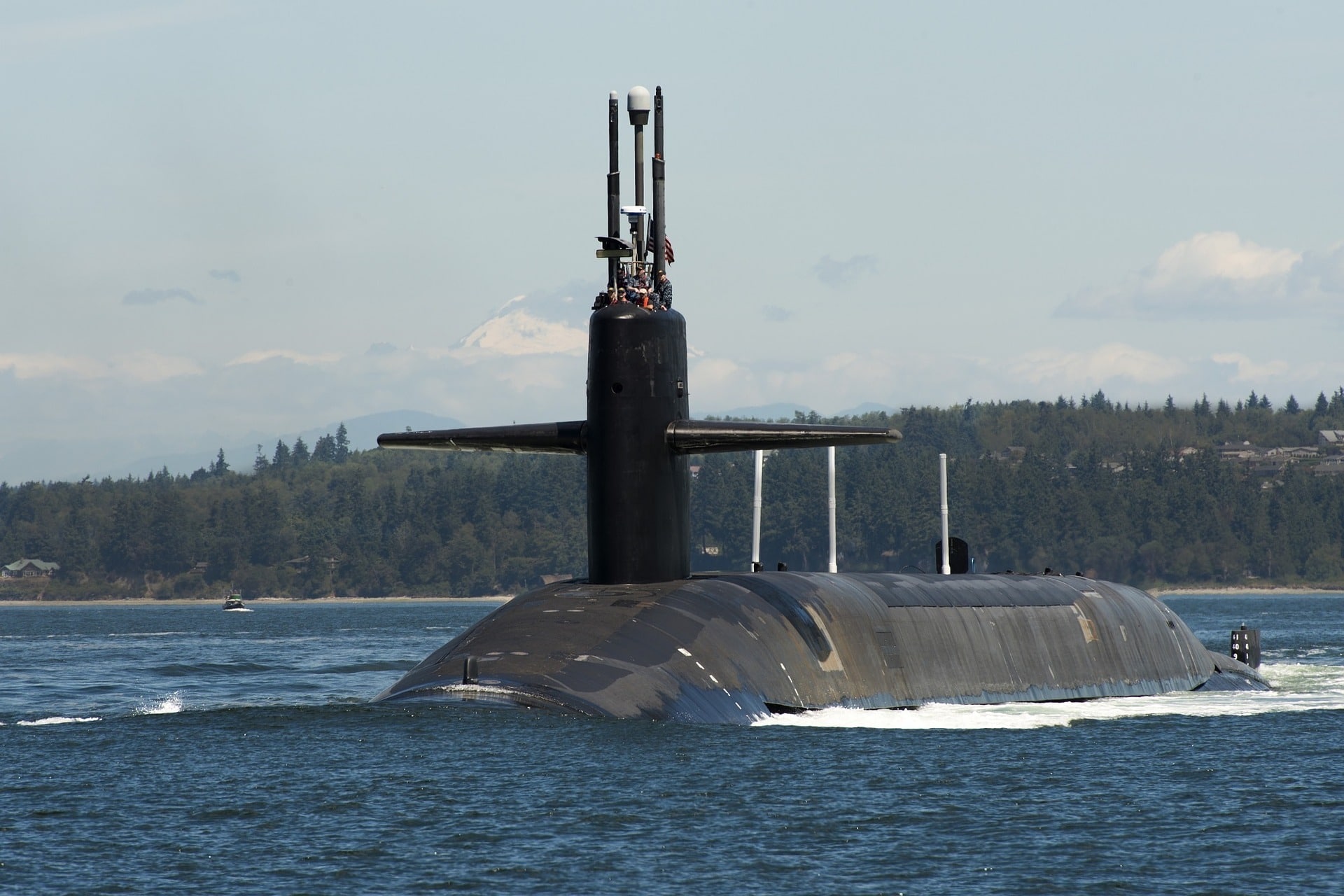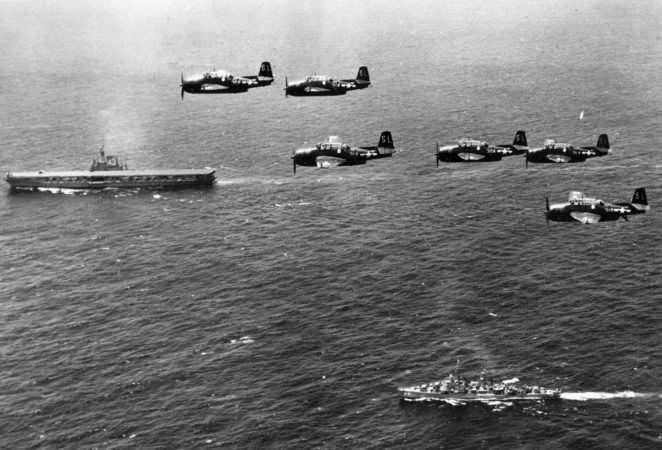Given that blockchain now features heavily in any discussion about cybersecurity, it is unsurprising that military organizations across the world are taking an interest. Secure communication is one example of how blockchain military applications are proving their potential.
The ability to relay communications securely between units is one of the most fundamental requirements for any military organization, particularly in times of war. Cybersecurity is obviously another huge consideration within the armed forces. However, decentralized ledgers, smart contracts, and related technologies also offer other intriguing opportunities to solve existing problems within the military space.
Blockchain Military Applications in Practice
Military Drone Technology
Google recently hit the headlines due to its controversial involvement in Project Maven, run by the US Department of Defense. The project aims to help the military analyze drone footage more quickly using AI and machine learning technology. Google employees petitioned the company to pull out of the project. The company later announced that it would not be seeking renewal to the current contract, meaning its involvement would end in 2019.
Controversies aside, the convergence of AI and blockchain with drone technology creates formidable possibilities in blockchain military applications. In addition to analyzing and reporting on footage in real time, AI can power autonomous drones. These can fly entirely independently, without any intervention or control needed from a human.
Blockchain can record the data collected by AI-powered drones immutably and in real time. It can also record the flight decisions and actions taken by the drone. With each drone operating as part of a decentralized network, then if it is later destroyed, whatever it has collected or performed would still be recorded on the blockchain.
Camera drones have become very mainstream over recent years. However, their earliest use was in the military. Drones conduct airstrikes and reconnaissance missions protecting military personnel from having to enter dangerous territories. However, until now, each drone has needed a human operator.

Using autonomous drones, entire swarms could take flight simultaneously. The damage that human-controlled drone strikes can perform today is significant. It is startling to consider the firepower a massive swarm of autonomous drones could unleash on a city or military base.
Blockchain Battleships
Battleships are equipped with a vast array of different armaments. Guns of varying firepower, but also missile launchers, torpedo launchers, and anti-aircraft batteries. In the face of enemy fire, all these weapons must work together seamlessly. This relies on sensory technology integrated with the weapons control systems. The naval ships of many countries, including the US, Japan, and Spain rely on one system to do this – the Aegis Combat System. Believe it or not, iterations of this system have been powering naval battleships for the last five decades.
Despite its age, the Aegis is a highly sophisticated piece of military technology. It uses a complex system of radars and powerful computers to make split-second decisions. It controls weapon deployment, deciding when and in which direction to fire – in split-second response to external threats. However, it has a crucial weakness – it is a centralized system, a single point of failure. Take down the Aegis, and you can take down the ship.

Decentralizing weapon control systems
Blockchain allows decentralization of computing power across multiple nodes. Decentralization has clear advantages for powering a system such as Aegis, leading to speculation that blockchain is the future of battleship control systems. By utilizing blockchains ability to verify that all nodes are working from the same set of data, the system can coordinate weapon control to neutralize threats.
Lockheed Martin is the defense supplier who manufactures the Aegis Combat System. In 2017, the company partnered with Guardtime Federal, which formed in 2014 to “exclusively support the cybersecurity and related requirements of the Department of Defense, the U.S. Intelligence Community, other U.S. government departments and the industrial community that supports these U.S. government organizations.”
The partnership has enabled Lockheed Martin to incorporate blockchain into their supply chain risk management, software development, and systems engineering processes. The company is the first US defense contractor to implement distributed ledger technology. It seems that with this rapid pace of development and adoption, “blockchain battleships” could soon be one of the blockchain military applications in wider use.
Additive Manufacturing
Additive manufacturing (AM) is the military term for what most of us would know as 3D printing. The US military builds prototypes and parts for weapons and vehicles using AM methods. A year ago, the US Navy 3D-printed an entire submersible in just four weeks.

However, one reason that AM has failed to gain widespread adoption throughout manufacturing supply chains is thought to be the absence of a “digital thread.” A 2016 Deloitte paper defines the digital thread as having three core components: indefinite ability to store and reference data, means of identifying if a design doesn’t work correctly or needs improvement, and the scalability to feed forward in the production process, applying process improvements using data gathered from each preceding step.
The US Navy has already seen the potential that blockchain can bring to AM processes. Since 2017, it has committed to integrating blockchain within each step of an AM operation. Using a decentralized network in this way meets the requirements of the digital thread. It provides a secure, theoretically unlimited data store. It also allows the sharing of data across the entire AM process using the nodes in the network.
Blockchain could also prove to be an enabler for widespread adoption of AM into general manufacturing supply chains over the coming years.
Final Thoughts
The blockchain military applications described here provide some insights into the direction that military operations could take over the next few years. Other areas where blockchain can bring value are likely to emerge – some of which may not be disclosed to civilians. The adoption of blockchain is gaining traction across many different sectors. It is inevitable that military organizations across the globe will want to ensure they stay ahead of the curve.
[thrive_leads id=’5219′]






